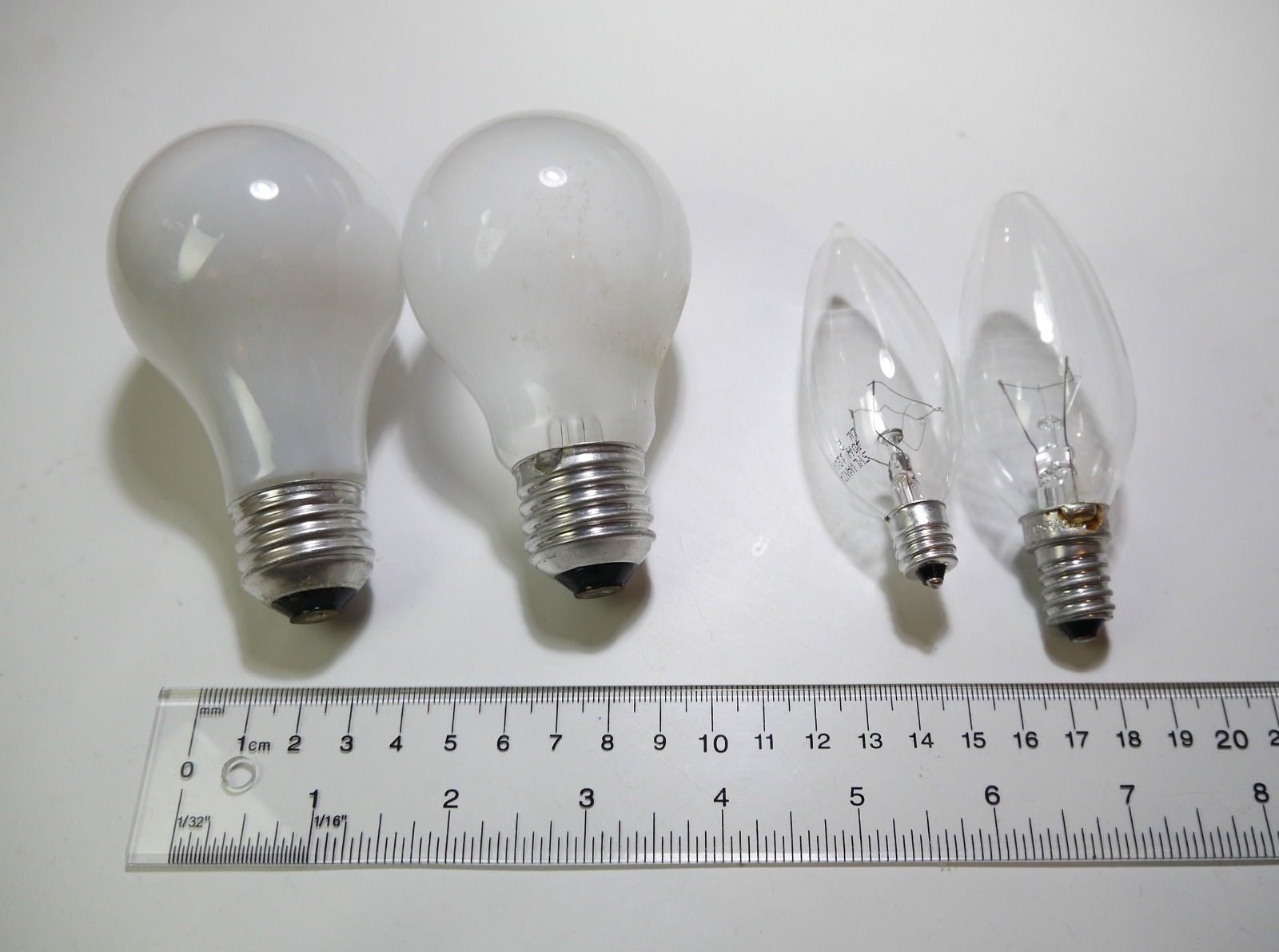

Articles
What Size Bulb for Ceiling Fan
Modified: October 20, 2024
Find the perfect bulb size for your ceiling fan with our helpful articles.
(Many of the links in this article redirect to a specific reviewed product. Your purchase of these products through affiliate links helps to generate commission for Storables.com, at no extra cost. Learn more)
Introduction
Ceiling fans are not only a functional addition to your home, but they can also enhance the aesthetic appeal of any room. However, to maximize the benefits of your ceiling fan, it’s crucial to choose the appropriate bulb size for optimal lighting. The right bulb can transform a room from dim and dull to bright and inviting. In this article, we will explore the factors you need to consider when selecting the size of bulbs for your ceiling fan, as well as provide helpful tips for installation. By the end, you will have a clear understanding of how to find the perfect bulb size to suit your ceiling fan and illuminate your living space beautifully.
Key Takeaways:
- Choose the right bulb size for your ceiling fan by considering room size, ceiling height, and lighting needs. Understanding bulb dimensions and following installation tips will ensure optimal lighting and a visually appealing space.
- Different types of ceiling fans require specific bulb sizes for optimal lighting. Consider the recommended bulb sizes for standard fans, those with light kits, recessed lighting, and outdoor fans. Follow installation tips and maintenance practices for long-lasting, efficient lighting.
Read more: What Size Ceiling Fan For Bedroom
Choosing the Right Bulb Size for Your Ceiling Fan
When it comes to selecting the right bulb size for your ceiling fan, there are a few important factors to consider. The size of the room, the height of the ceiling, and the fan’s design all play a role in determining the ideal bulb size.
One of the key considerations is the wattage of the bulb. Most ceiling fans can accommodate bulbs with wattages ranging from 40 to 100 watts. It’s important to choose a bulb that provides sufficient light without overpowering the room. If you have a smaller space, a lower wattage bulb may be ideal, while larger rooms may require brighter bulbs to properly illuminate the area.
Another factor to consider is the base type of the bulb. The most common base types for ceiling fan bulbs are medium (E26) and candelabra (E12). Make sure to check your ceiling fan’s specifications to determine which base type is compatible. It’s also worth noting that some ceiling fans may have specific recommendations for base types, so it’s a good idea to follow the manufacturer’s guidelines.
In addition to wattage and base type, the shape and size of the bulb can also affect the lighting in the room. Bulbs come in various shapes, including A19, G25, and BR30. A19 bulbs are the most common and versatile, providing a standard light spread. G25 bulbs are globe-shaped and often used for vanity lighting. BR30 bulbs are floodlights, perfect for ceiling fans with recessed lighting fixtures. Choose a bulb shape that complements the design and functionality of your ceiling fan.
When selecting the size of the bulb, it’s important to consider the height of the ceiling. If your ceiling is low, a bulb that protrudes too much can result in an uncomfortable glare. In this case, opt for a lower-profile bulb to ensure even and glare-free lighting. On the other hand, if you have a high ceiling, you may want to choose a larger bulb size to fill the space and distribute light more effectively.
Ultimately, the right bulb size for your ceiling fan will depend on your specific needs and preferences. It’s essential to strike a balance between the brightness, base type, shape, and size of the bulb to create the desired atmosphere in the room. Consider experimenting with different bulb sizes to find the perfect fit for your ceiling fan.
Understanding Bulb Dimensions
To choose the right bulb size for your ceiling fan, it’s important to have a clear understanding of bulb dimensions. Bulb dimensions are typically indicated by a combination of letters and numbers that represent the shape and size of the bulb. Here are the common types of bulb dimensions you may come across:
1. Bulb Shape: The shape of the bulb is denoted by a letter or a combination of letters. For example, A refers to a standard pear-shaped bulb, G represents a globe-shaped bulb, and BR stands for a reflector bulb. Each shape has its own unique characteristics and light distribution.
2. Bulb Diameter: The diameter of the bulb is measured in millimeters and signifies the widest part of the bulb. For instance, an A19 bulb has a diameter of approximately 19 millimeters.
3. Bulb Length: The length of the bulb is also measured in millimeters and indicates the overall size of the bulb, including the base. This measurement is particularly important when considering the clearance needed between the bulb and the ceiling fan housing.
Understanding these dimensions will help you choose a bulb that fits properly in your ceiling fan and provides the desired lighting effect. It’s crucial to consider the limitations of your ceiling fan, such as the space available between the bulb and the fan blades or the housing, to ensure that the bulb will not interfere with the fan’s functionality.
Additionally, pay attention to the bulb’s overall height when selecting the size. If the bulb is too long, it may not fit within the enclosure of the ceiling fan, resulting in an improper and potentially hazardous installation.
When in doubt, refer to the manufacturer’s specifications for your ceiling fan model or seek guidance from a professional electrician. They can provide valuable insights and recommend suitable bulb dimensions based on your ceiling fan’s specific requirements.
By understanding bulb dimensions, you will be equipped with the knowledge to make informed decisions when selecting the right size of bulbs for your ceiling fan. This will ensure proper functionality, optimal lighting, and a visually pleasing atmosphere in your space.
Recommended Bulb Sizes for Different Ceiling Fan Types
Different types of ceiling fans require different bulb sizes to achieve optimal lighting. Here are some recommended bulb sizes for various ceiling fan types:
1. Standard Ceiling Fans: Standard ceiling fans typically have a medium-sized base (E26) and can accommodate a variety of bulb shapes and sizes. For general lighting, a popular choice is the A19 bulb, which provides a balanced light spread. The wattage can range from 40 to 60 watts depending on the desired brightness.
2. Ceiling Fans with Light Kits: Ceiling fans with integrated light kits often have limitations on the bulb size due to the design of the fixture. Candelabra (E12) base bulbs are commonly used in these ceiling fans. The G16 or G16.5 globe-shaped bulbs are suitable choices for providing even illumination. Choose a lower wattage bulb, typically around 25 to 40 watts, to prevent excessive heat buildup.
3. Ceiling Fans with Recessed Lighting: Some ceiling fans come with recessed lighting fixtures. For these types of fans, BR30 or PAR30 bulbs in floodlight shape are recommended. These bulbs are designed to provide focused lighting, making them ideal for illuminating specific areas or creating accent lighting effects. The wattage can vary from 40 to 75 watts depending on the desired brightness level.
4. Outdoor Ceiling Fans: Outdoor ceiling fans are exposed to the elements and require bulbs that are weatherproof and durable. Look for bulbs that are specifically designed for outdoor use, such as LED or CFL bulbs with an IP (Ingress Protection) rating for moisture and dust resistance. A19 or BR30 bulbs are commonly used in outdoor ceiling fans to provide ample illumination.
Remember that these are general recommendations, and it’s important to refer to the manufacturer’s specifications for your specific ceiling fan model. They may have specific guidelines or limitations on bulb sizes that should be followed for optimal performance and safety.
Additionally, consider the purpose of the lighting in each room when selecting the bulb size. For task-oriented spaces such as kitchens or home offices, brighter bulbs may be needed. For areas where a softer and more ambient lighting is desired, lower wattage bulbs or dimmable options can create a cozy atmosphere.
By selecting the recommended bulb sizes for your ceiling fan type, you can ensure that your space is well-lit and visually appealing while adhering to the manufacturer’s guidelines.
When choosing a bulb for your ceiling fan, look for a bulb with a maximum wattage as recommended by the fan manufacturer. Typically, LED bulbs are a good choice for ceiling fans as they are energy-efficient and produce less heat.
Factors to Consider When Selecting Bulb Size
Choosing the right bulb size for your ceiling fan involves considering several factors to ensure optimal lighting performance. Here are some key factors to keep in mind when selecting the bulb size:
1. Room Size: The size of the room plays a crucial role in determining the appropriate bulb size. Larger rooms may require brighter bulbs to adequately illuminate the space, while smaller rooms may require lower wattage bulbs to avoid overwhelming the area with excessive light. Consider the square footage of the room and the desired lighting level when selecting the bulb size.
2. Ceiling Height: The height of the ceiling is another important factor to consider. Higher ceilings typically require brighter bulbs to compensate for the increased distance between the light source and the floor. Lower ceilings may benefit from lower-profile bulbs to prevent glare and provide more even lighting.
3. Lighting Needs: Consider the specific lighting needs of the room when selecting the bulb size. If the ceiling fan is the primary source of light in the room, choose a bulb with a higher wattage and a wider light spread. For areas where a softer and more ambient lighting is desired, opt for lower wattage bulbs or consider dimmable options for adjustable lighting levels.
4. Energy Efficiency: Energy efficiency is an important consideration when selecting the bulb size. LED bulbs are known for their energy efficiency and longevity, making them a popular choice for ceiling fans. They consume less energy than traditional incandescent bulbs and can save you money on your energy bills in the long run.
5. Decorative Purposes: If you have a ceiling fan with a light kit that is primarily used for decorative purposes, you have more freedom to choose bulb sizes based on aesthetics rather than solely on lighting needs. You can experiment with different bulb shapes and sizes to create a unique and visually appealing lighting effect.
6. Personal Preferences: Ultimately, your personal preferences play a significant role in determining the bulb size for your ceiling fan. Consider the atmosphere you want to create in the room and the overall style of your decor. Whether you prefer warm or cool lighting, bright or soft illumination, selecting a bulb size that aligns with your preferences will enhance your overall satisfaction with the lighting in your space.
By considering these factors and finding the right balance between lighting needs, energy efficiency, and personal preferences, you can select the perfect bulb size for your ceiling fan that meets both functional and aesthetic requirements.
Read more: What Watt Bulb For Ceiling Fan
Tips for Installing Bulbs in Ceiling Fans
Installing bulbs in your ceiling fan is a relatively simple task, but there are a few tips to keep in mind to ensure a smooth and safe installation process. Here are some helpful tips for installing bulbs in your ceiling fans:
1. Turn off the Power: Before beginning any work on your ceiling fan, always turn off the power at the circuit breaker to prevent any electrical accidents. This will ensure your safety while installing the bulbs.
2. Choose the Right Bulb: Refer to the manufacturer’s specifications for your ceiling fan to determine the compatible bulb size and base type. Select bulbs that meet the recommended wattage and shape for optimum performance and longevity.
3. Clean the Fan Housing: Before installing new bulbs, take the opportunity to clean the fan housing and remove any accumulated dust or debris. This will help to ensure proper airflow and prevent overheating.
4. Install the Bulbs Correctly: Insert the bulbs into the designated sockets, ensuring a secure fit. For candelabra (E12) base bulbs, be cautious not to overtighten, as this could cause damage to the socket.
5. Check for Clearance: Make sure there is enough clearance between the bulb and the ceiling fan blades or housing. If the bulb protrudes too much, it may interfere with the fan’s functionality or cause an uncomfortable glare. Adjust the bulb position if necessary.
6. Consider Energy Efficiency: Consider using energy-efficient bulbs such as LED or CFL bulbs that consume less energy and have a longer lifespan. These bulbs not only help save on electricity bills but also reduce the frequency of bulb replacements.
7. Test the Lighting: Once the bulbs are installed, turn the power back on and test the lighting to ensure that all bulbs are functioning properly. If any bulbs are not working, double-check the installation to ensure they are correctly inserted.
8. Use Proper Bulb Handling Techniques: When handling bulbs, avoid touching the glass with bare hands as the oils from your skin can create hot spots that may lead to premature bulb failure. Use a clean cloth or gloves to handle the bulbs to prevent any damage.
9. Consider Dimmable Bulbs: If your ceiling fan has a dimming function, consider using dimmable bulbs to adjust the lighting intensity to your desired level. Ensure that both the ceiling fan and the bulbs are compatible with dimming functions.
10. Regular Maintenance: Periodically check the bulbs to ensure they are functioning correctly and replace any burnt-out bulbs promptly. Cleaning the bulbs regularly will also help maintain their brightness and longevity.
By following these tips, you can install bulbs in your ceiling fan safely and effectively, ensuring proper lighting and functionality for your space. If you have any concerns or doubts about the installation process, it’s always best to consult a professional electrician for assistance.
Conclusion
Choosing the right bulb size for your ceiling fan is essential to create the perfect lighting ambiance in your space. By considering factors such as room size, ceiling height, lighting needs, and personal preferences, you can select a bulb size that meets your requirements and enhances the overall aesthetics of your room.
Understanding bulb dimensions, including shape, diameter, and length, is crucial when selecting the right bulb size. Knowing the limitations and specifications of your ceiling fan will ensure a proper fit and prevent any interference with the fan’s functionality.
Different types of ceiling fans require specific bulb sizes for optimal lighting. Standard ceiling fans, ceiling fans with light kits, those with recessed lighting, and outdoor ceiling fans each have recommended bulb sizes to achieve the desired illumination.
During installation, it’s important to turn off the power, choose the appropriate bulb, clean the fan housing, and ensure proper clearance between the bulb and the fan blades or housing. Using energy-efficient bulbs and considering dimmable options can also enhance energy efficiency and provide customizable lighting options.
Regular maintenance, including checking the bulbs, replacing any burnt-out ones promptly, and cleaning the bulbs, will help maintain their brightness and longevity.
In conclusion, selecting the right bulb size for your ceiling fan involves thoughtful consideration of various factors and understanding bulb dimensions. By following the provided tips for installation and considering energy efficiency and personal preferences, you can achieve optimal lighting and create a visually appealing and functional space with your ceiling fan.
Remember, when in doubt, refer to the manufacturer’s specifications or consult a professional electrician for guidance. With the right bulb size, your ceiling fan will not only provide a refreshing breeze but also illuminate your space beautifully.
Curious about lighting up your ceiling fan even better? Our article on ceiling fan light bulb options showcases the top 9 choices for 2024, ensuring your space is not only well-lit but stylish too. If you're wondering about general lighting, don't miss our detailed guide on light bulb sizes. It clarifies all you need to know about fitting the right bulb to any fixture, making it simple to brighten any area of your home efficiently.
Frequently Asked Questions about What Size Bulb For Ceiling Fan
Was this page helpful?
At Storables.com, we guarantee accurate and reliable information. Our content, validated by Expert Board Contributors, is crafted following stringent Editorial Policies. We're committed to providing you with well-researched, expert-backed insights for all your informational needs.
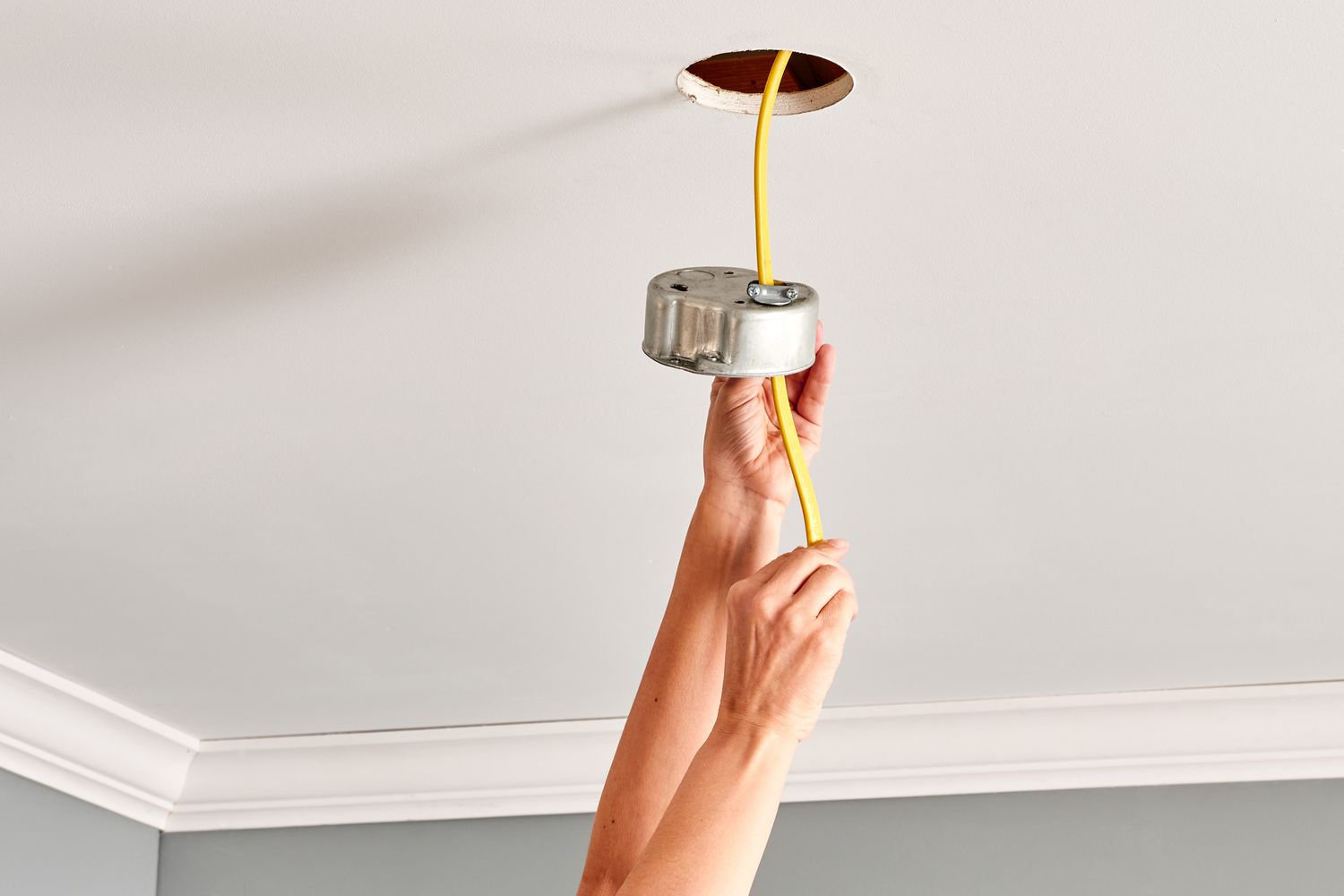
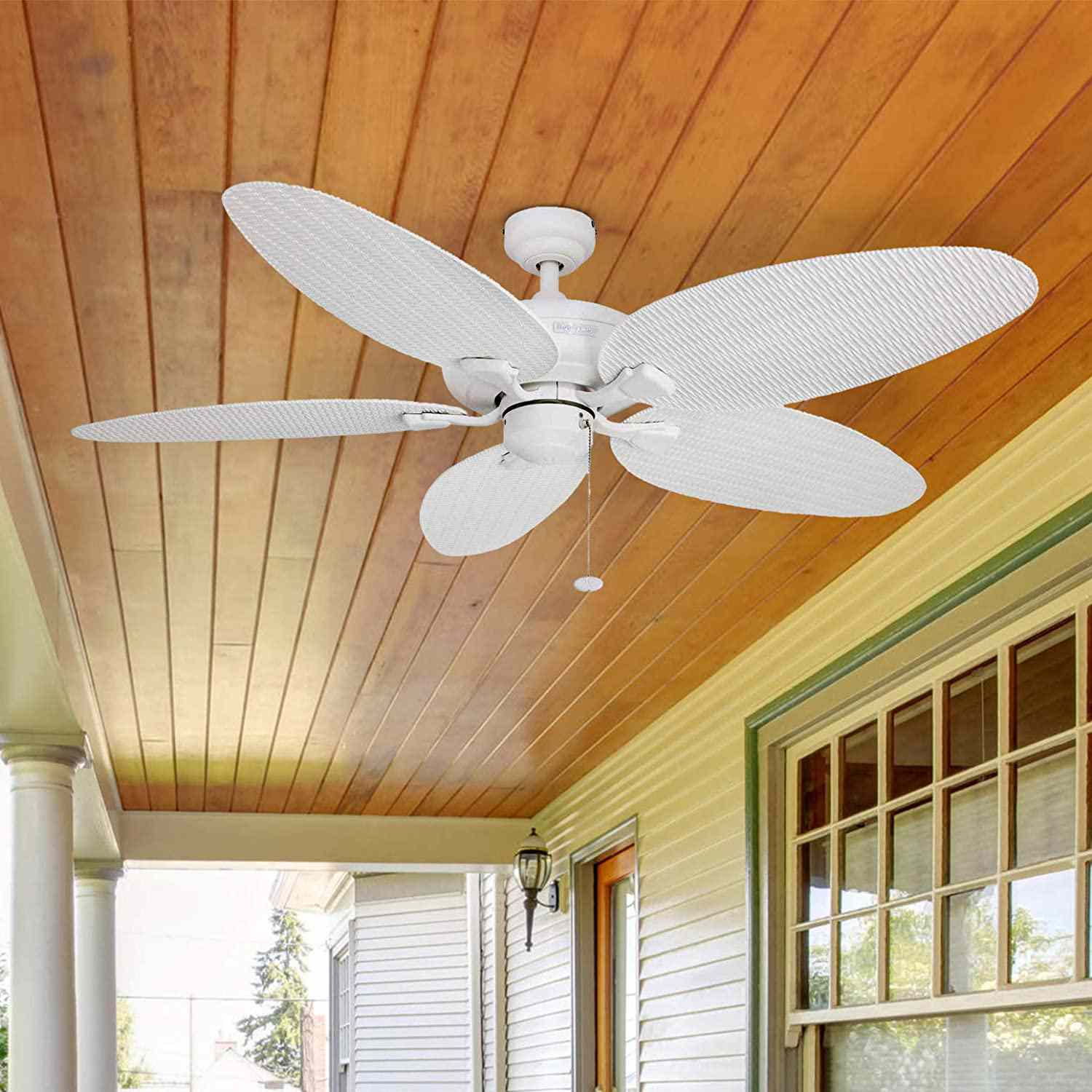

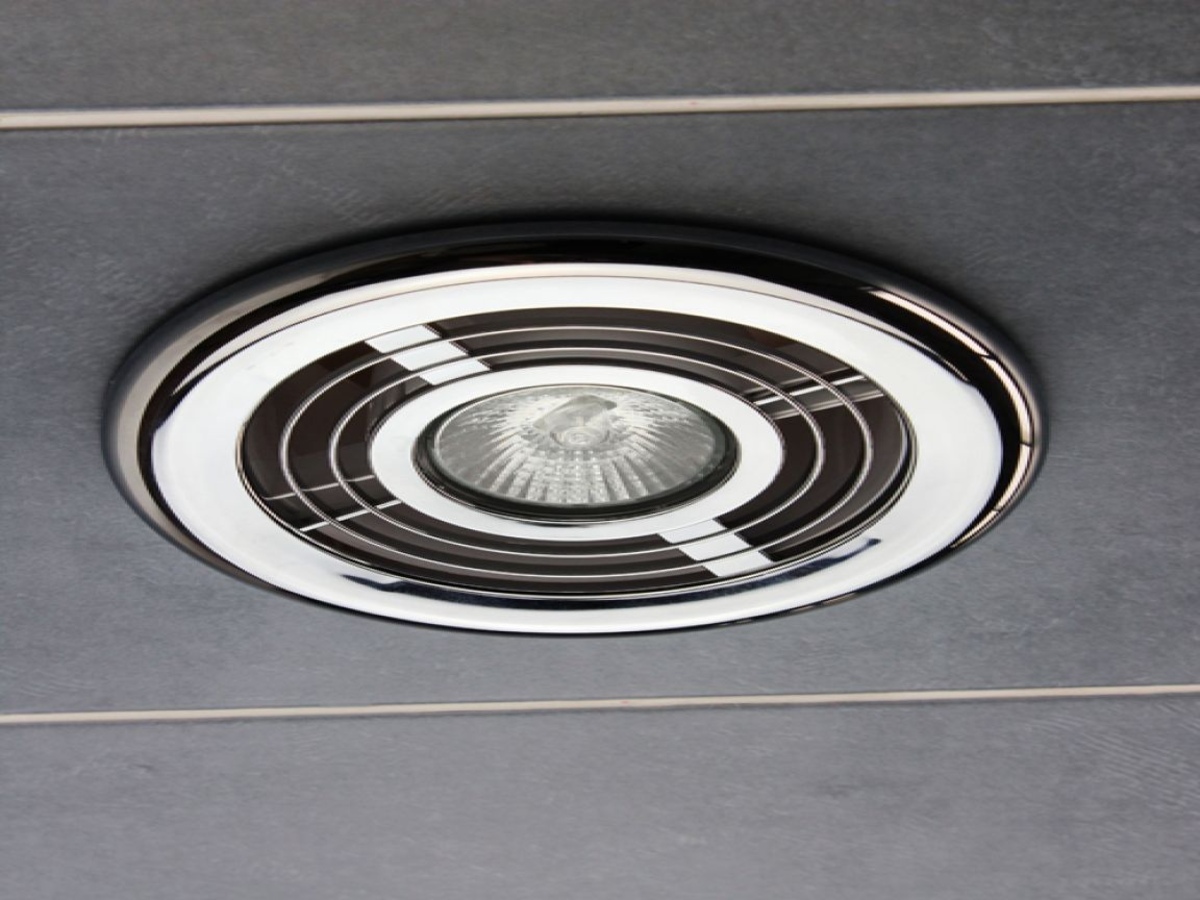
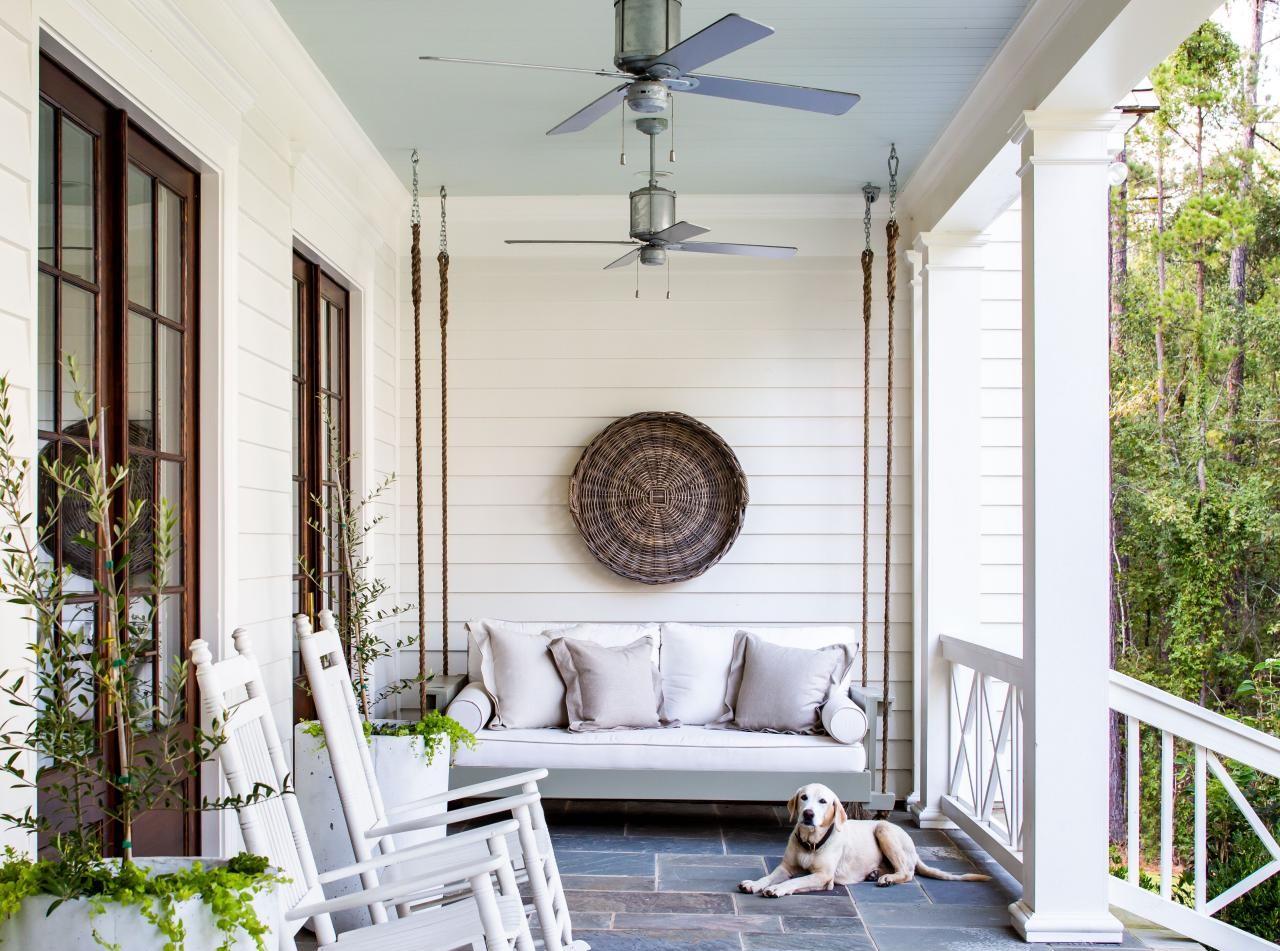
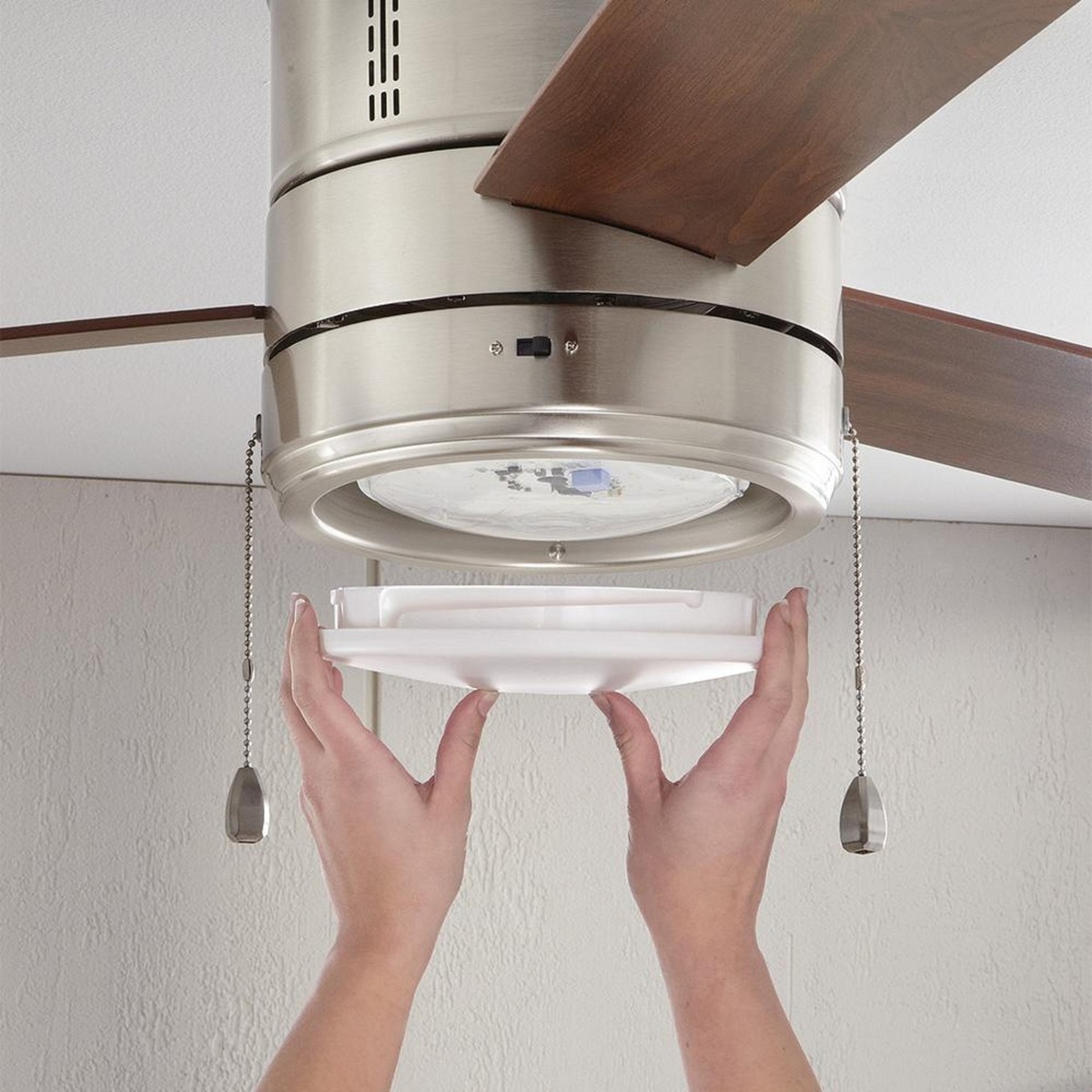
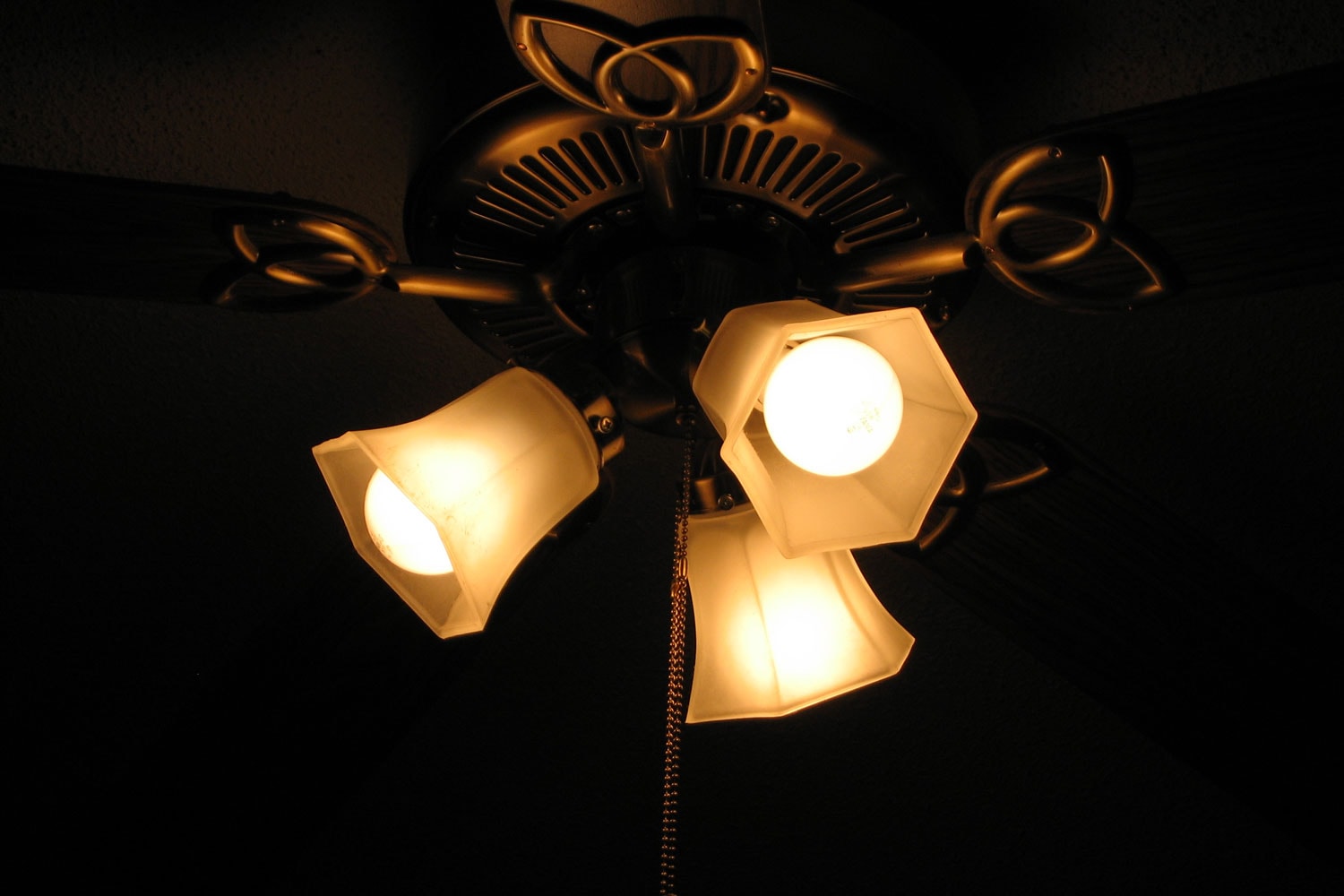
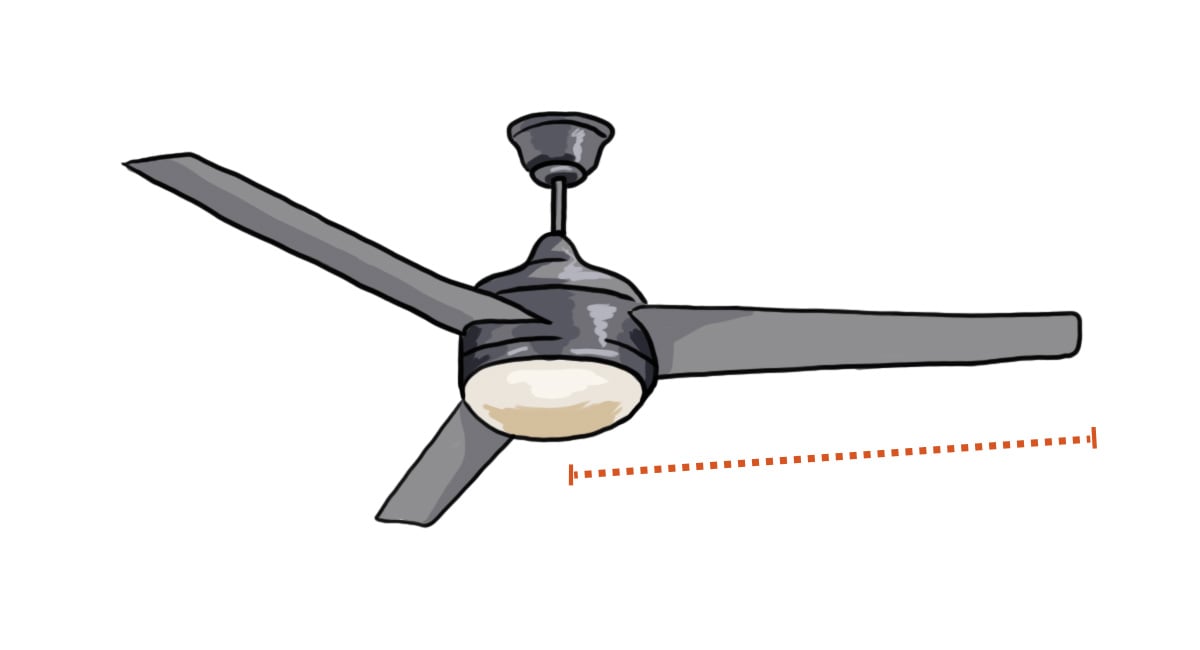
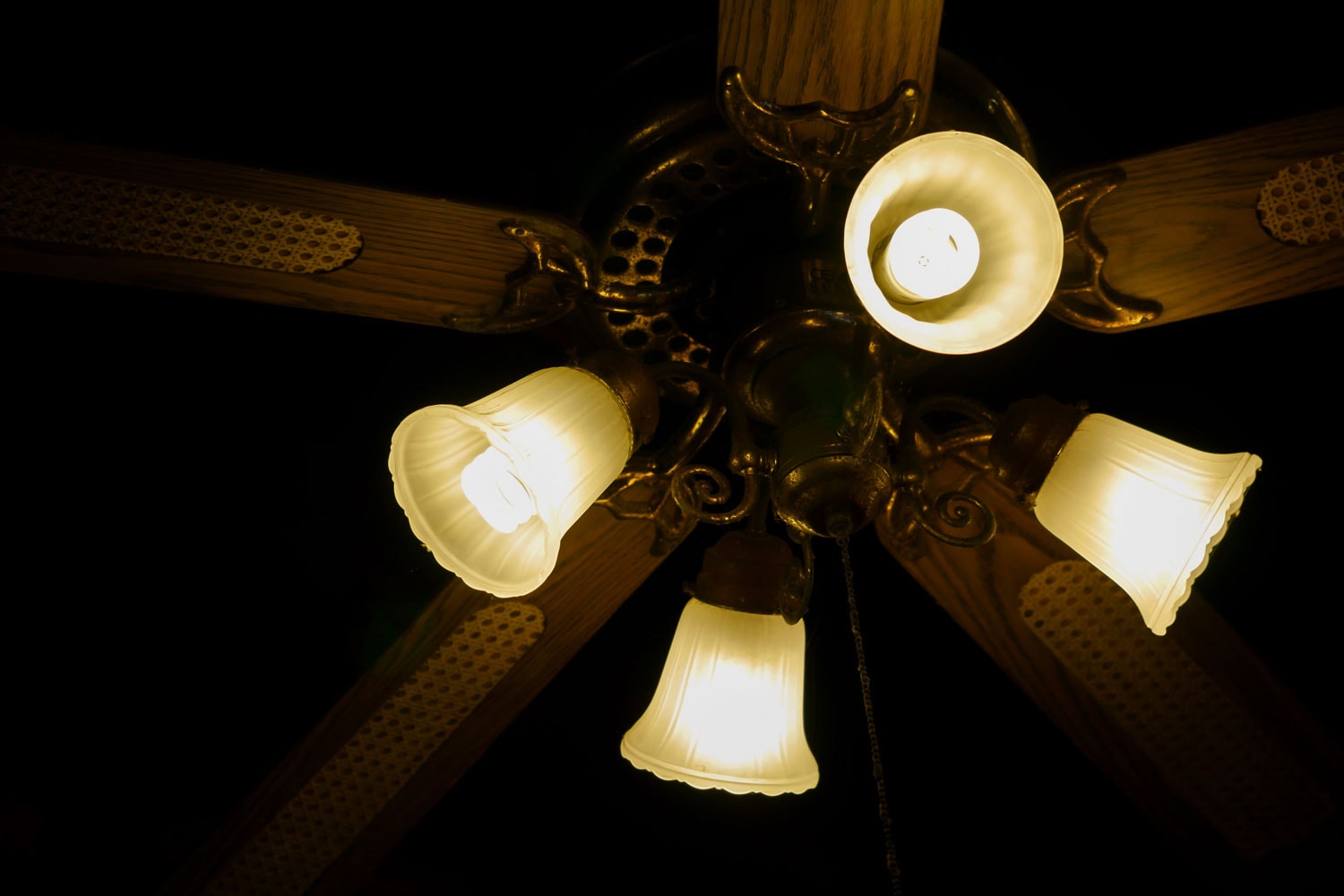
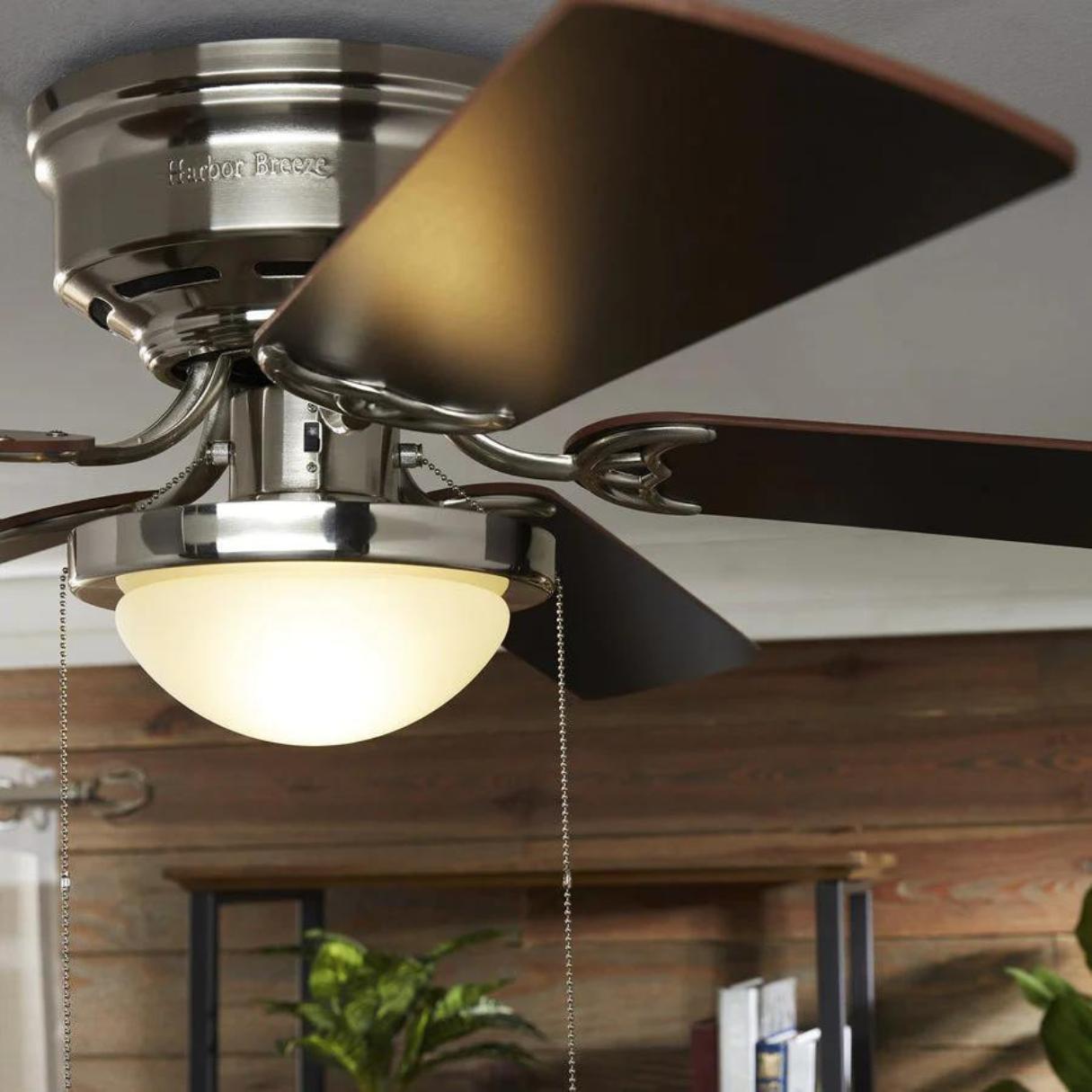
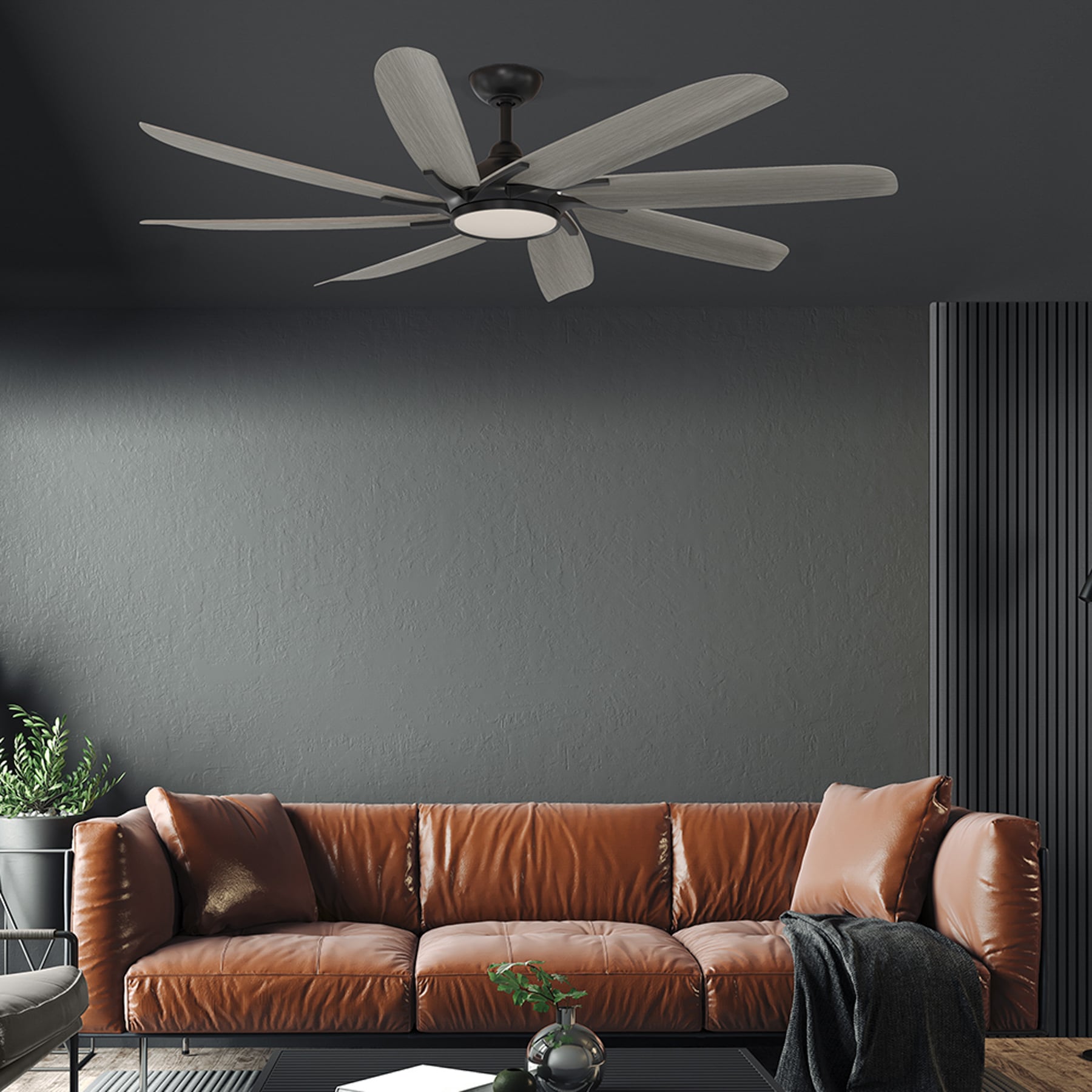
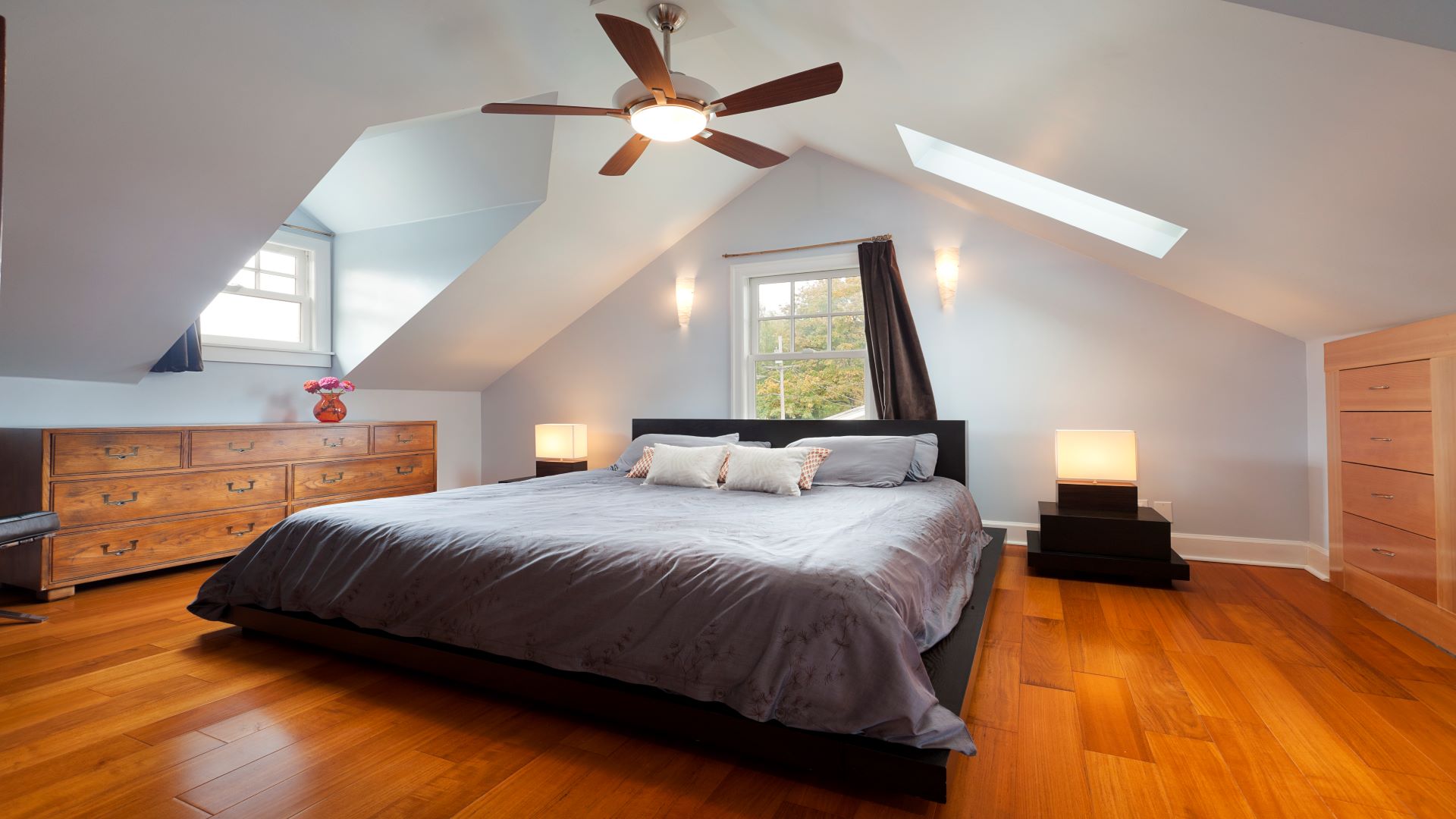
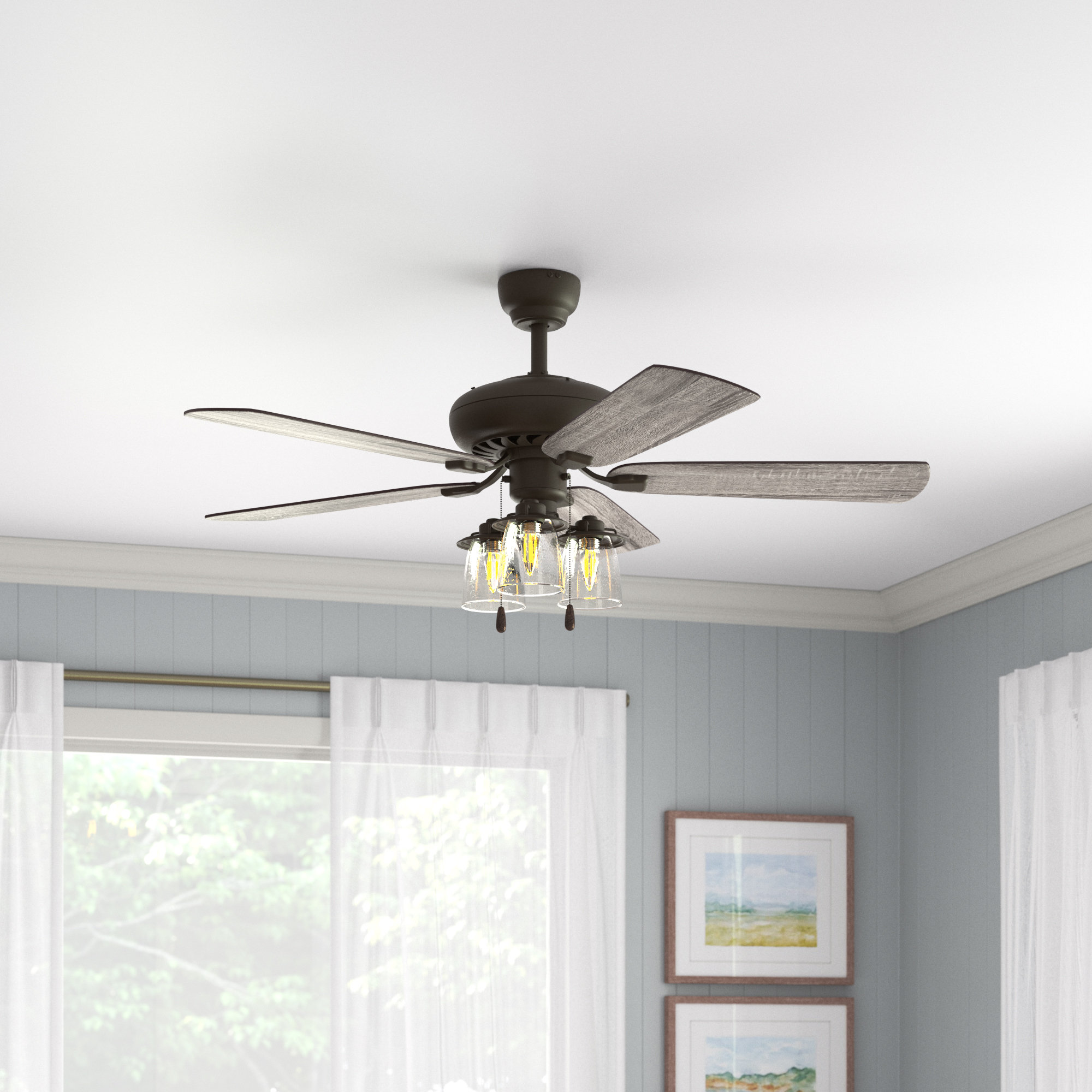
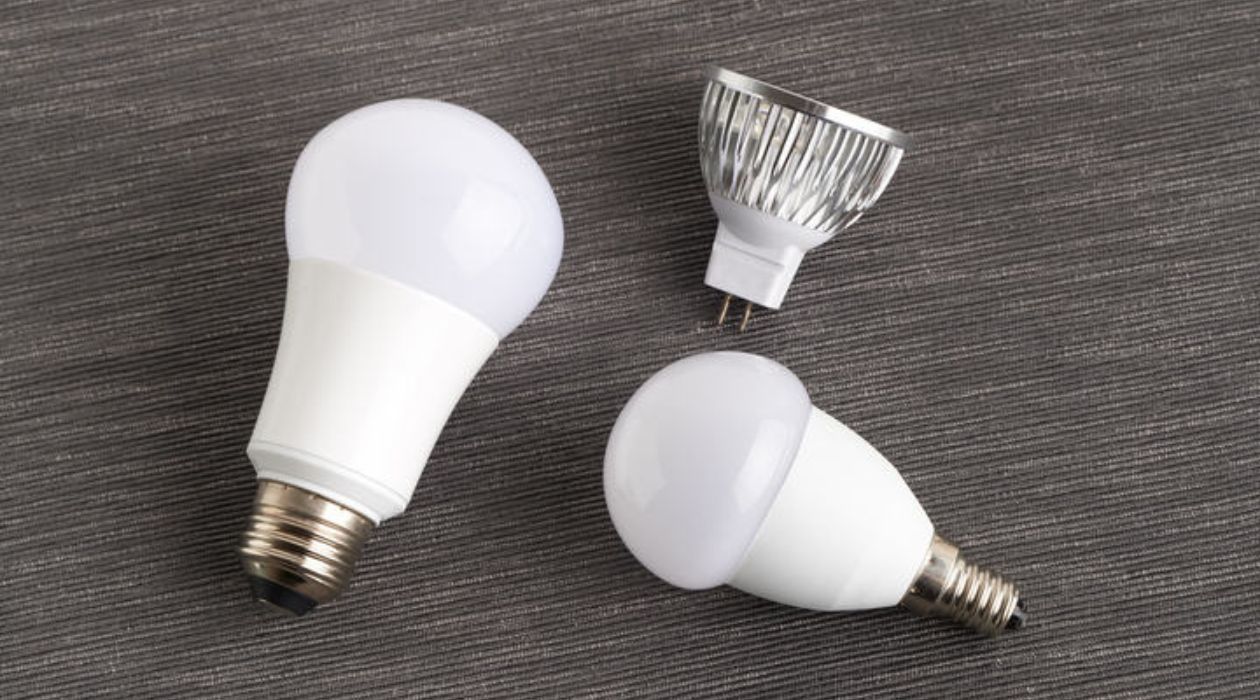

0 thoughts on “What Size Bulb for Ceiling Fan”